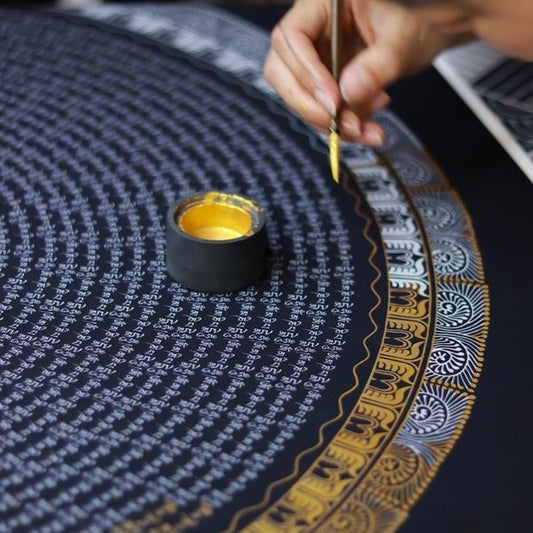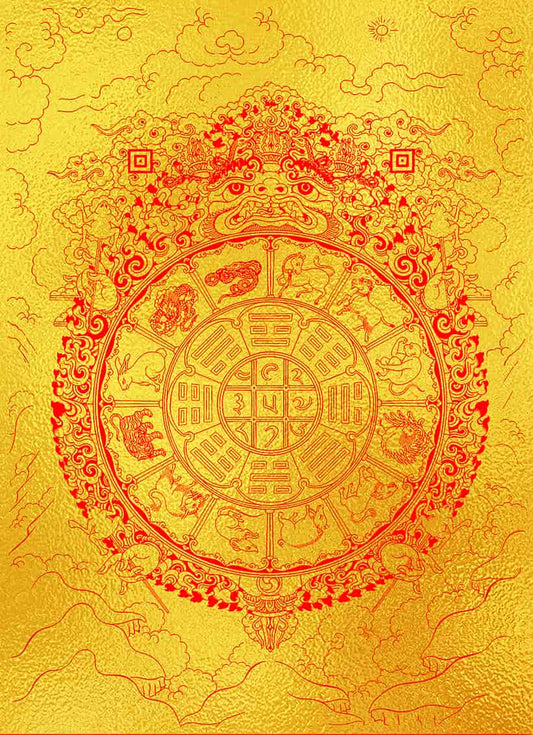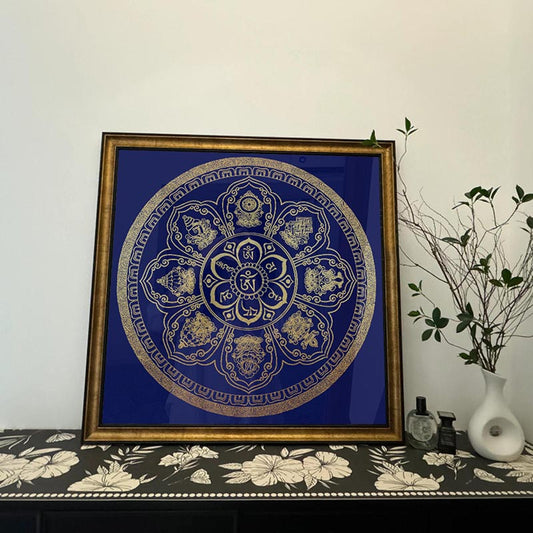The Language of Tibet More Than Words
The Language of Tibet More Than Words
Tibetan language is an intriguing subject for anyone keen on exploring the rich tapestry of mountainous landscapes interwoven with the sacred threads of Buddhism. It's more than just a means of communication; it's an art form, a spiritual vessel, and a cultural cornerstone. As Western curiosity about Tibetan culture deepens, the language offers a subtle, yet powerful gateway into this world.
The Tibetan script, known as "Uchen," is both a linguistic tool and an artistic expression. If you've ever glimpsed a thangka painting, you might have noticed inscriptions intertwined with vibrant depictions of deities and mandalas. These inscriptions aren't merely decorative; they serve as invocations, mantras, and teachings that support the thangka's spiritual purpose. Each stroke in the Uchen script matters, and the artist's brushwork reflects their reverence for both language and spirituality.
Learning Tibetan isn't just about mastering vocabulary and grammar. It's about engaging with the history and philosophy that shaped it. For centuries, Tibetan language has been the bearer of Buddhist scriptures, philosophical discourses, and medical treaties, preserving knowledge that has been passed down through generations. This linguistic tradition is like a bridge connecting the past with the present, allowing us to access ancient wisdom in a modern context.
Consider the translation of texts—a task that exemplifies the fascinating complexity involved in transmitting Tibetan thought to the world. Translators often find themselves not merely swapping words but wrestling with the nuances of meaning. Take, for instance, the Tibetan word "sem," which can be translated as "mind" or "heart" in English. In a culture where mental and emotional realms are deeply interconnected, such translations require careful consideration to convey the depth of the original texts.
Now, when it comes to thangka painting, the language plays an equally significant role. The texts often included in thangkas are not just a testament to the artist's skill but to their spiritual training. These artists undergo rigorous apprenticeships, where they learn not only the intricate painting techniques but also the language of the texts they incorporate. This dual mastery ensures that each thangka resonates with authenticity and sacred purpose.
In a world where languages can feel like barriers, Tibetan serves as a reminder of how language can be a pathway to understanding, compassion, and shared culture. It's not about how many words you know, but how deeply you can delve into their essence. When I think of Tibetan language, I think of how it enhances our appreciation of thangkas and the spiritual ideals they represent. It invites us to look beyond mere visual beauty, offering a chance to connect with a vast, timeless heritage.
As we explore Tibetan language, whether through study, translation, or art, we engage with something greater than ourselves. It's a reminder that language is a living entity, constantly evolving yet firmly rooted in its origins. And in those roots, we find stories, wisdom, and a profound sense of belonging.





